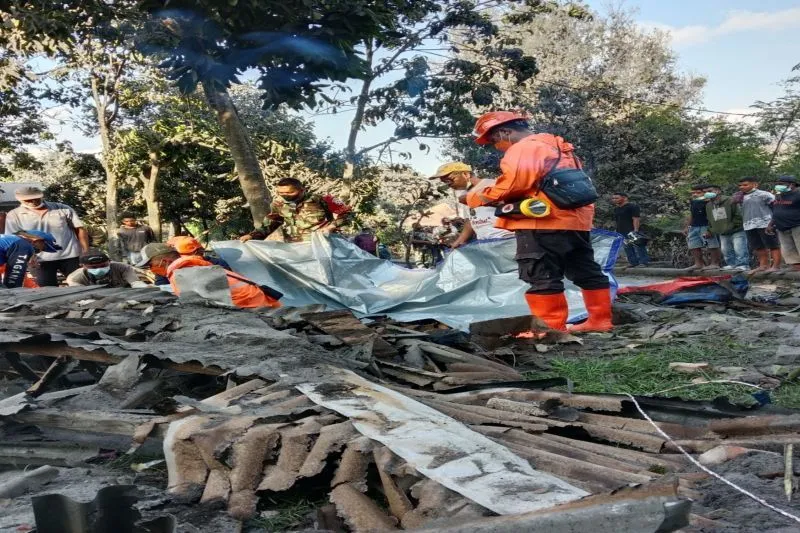At least three people have been arrested after anti-NATO and pro-Palestinian protesters rioted on the streets of Montreal, torching cars, vandalizing shopfronts, and clashing with police. The Francophone Canadian city hosts NATO’s annual summit this weekend.
A crowd of anti-NATO demonstrators assembled at a park in the center of the city on Friday afternoon, before converging with an anti-Israel demonstration held nearby, police told local media.
Although initially peaceful, police said that the protest turned violent after the anti-Israel contingent burned an effigy of Israeli Prime Minister Benjamin Netanyahu and began hurling flares and projectiles at riot officers.
Montreal right now.
— 𝗡𝗶𝗼𝗵 𝗕𝗲𝗿𝗴 ♛ ✡︎ (@NiohBerg) November 23, 2024
Understand that they want this for every single Jewish person on Earth, but use the word "zionist" to cloak their intentions.@JustinTrudeau are you proud of the sh*thole you've reduced Canada to in just 10 years?
https://t.co/P6qNufC6Hd
A group of masked rioters then made their way down Rene-Levesque Boulevard, smashing windows along the busy commercial thoroughfare. Two vehicles were set ablaze before police officers used tear gas to disperse the crowd. Three people were arrested for allegedly assaulting officers, a police spokesperson said.
#Palestine #NATO protest in #Montreal
— ProtestMTL (@MtlProtest) November 23, 2024
Protesters smash windows at the Palais des Congres and @tvanouvelles journalist @hassinhadi get assaulted and hit with some foam. #polcan #polqc #manifencours pic.twitter.com/A2X005v7tQ
CHAOS AU CENTRE-VILLE
— TVA Nouvelles (@tvanouvelles) November 23, 2024
Voiture incendiée, vitres fracassées, journaliste aspergé de peinture: la manifestation contre l’OTAN à Montréal dégénère; voyez les images en cliquant sur le lien👇https://t.co/QYHHQKRVYq pic.twitter.com/EW7BLSYO09
The protests took place as hundreds of NATO delegates arrived in Montreal for the bloc’s annual summit. Running from Friday through Monday, the summit will include high-level talks on missile defense, climate change, and “supporting Ukraine until victory,” according to NATO’s website.
Vladimir Zelensky spoke to Canadian Prime Minister Justin Trudeau earlier this month, after which the Ukrainian leader announced that Canada would send a NASAMS air defense system to Ukraine by the end of the year.
One day before the protests, groups of pro- and anti-Israel demonstrators clashed at Montreal’s Concordia University, where tens of thousands of pro-Palestinian students went on strike and refused to attend classes. One of the left-wing student groups leading the strike said that it was times to coincide with the summit, accusing NATO of backing the “ongoing genocide” in Gaza.




